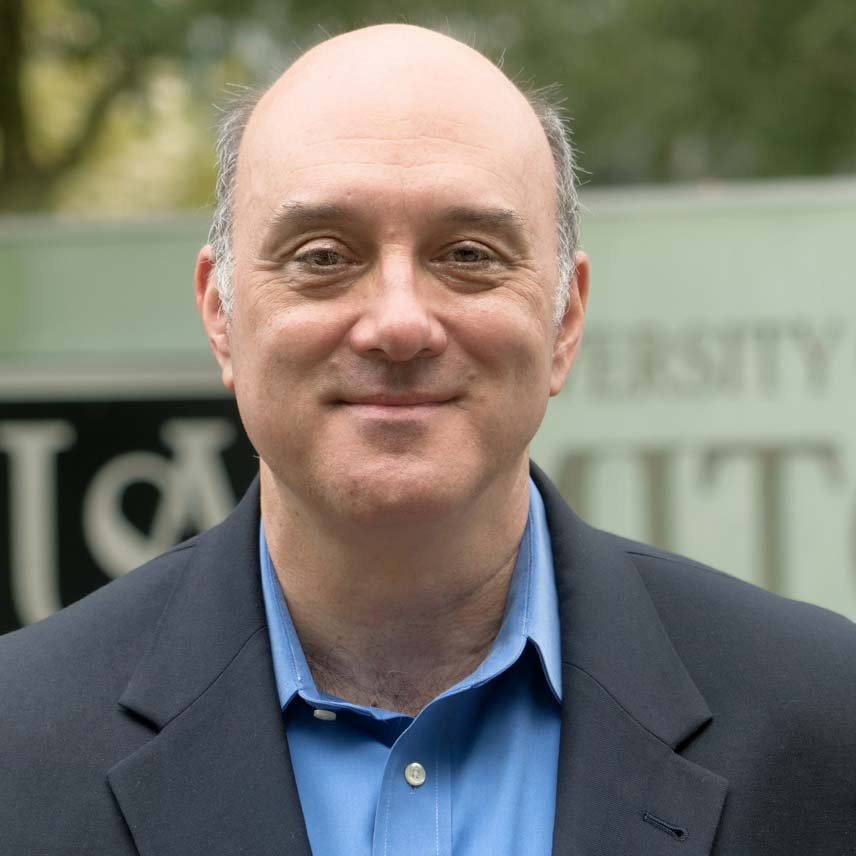
Research Core 3
Translation
Understand the human health impacts of ciguatoxin exposure.
Research Aims

Specific Aim 1:
Evaluate mechanisms of toxicity using in vitro models to understand the progression of ciguatera-related illness in humans

Specific Aim 2:
Examine the genotoxic and metabolic effects of ciguatoxins upon chronic vs. acute exposure

Specific Aim 3:
Understand the cellular-level impacts of secondary ciguatoxin exposure or co-exposure to other environmental genotoxins

Specific Aim 4:
Examine the chemical and biological interactions occurring within the cell in response to ciguatoxin and metabolite exposure
Molecular Structure of Ciguatoxin

Research in the Sobol lab focuses on mechanisms of DNA damage and repair, ADP-ribosylation and NAD+ metabolism in human cells and the convergent role of these enzymes and pathways in response to chemotherapy, environmental genotoxins and ocean toxins. A major goal in the lab is to use biochemical, genetic and imaging modalities to study DNA repair protein complexes that respond to DNA damage induced by chemotherapy, environmental genotoxins and ocean toxins and how these pathways impact the human genome and affect the regulation of cellular metabolism via ADP-ribosylation signaling.
Research Projects:
The Sobol lab works on projects involving molecular mechanisms of DNA damage and repair, mechanisms of genotoxicity and synthetic lethality mechanisms to target cancer. Student projects can be developed around any of these projects.- Novel approaches to enhance tumor cell cytotoxicity of alkylating agents
- A systems biology approach to mapping and defining the cellular response to DNA damage
- Greater Caribbean Center for Ciguatera Research-Human mechanisms of genotoxicity and cellular metabolism
- Measuring genomic DNA damage and DNA repair capacity in longitudinal population samples - a step towards precision prevention
- Investigating genetic ancestry influences on oral cavity and laryngeal cancer survival disparities
- Discovery of chromatin factors that regulate PARP1-dependent DNA repair in human cancers
- Identification and functional analysis of DNA repair inhibitors
Project Lead

Robert W. Sobol, Ph.D.
University of South Alabama
Mitchell Cancer Institute & Department of Pharmacology
College of Medicine, University of South Alabama
Research Project 3 Lead
[email protected]
Dr. Sobol is a Professor in the Department of Pharmacology at the University of South Alabama (USA) and is the Chief of the Molecular & Metabolic Oncology Program at the USA / Mitchell Cancer Institute (MCI). He has served as chair of the DNA Mechanisms of Cancer Study section at the American Cancer Society and as Chair of the NIH Cancer Etiology (CE) Study section. From September 2017-2018, he was the President of the Environmental Mutagenesis and Genomics Society (EMGS). He leads a research group comprised of research technicians, undergraduate and graduate students, post-doctoral fellows and Jr faculty research scholars.
Learn More... (usaheathsystem.com)
Dr. Sobol is a Professor in the Department of Pharmacology at the University of South Alabama (USA) and is the Chief of the Molecular & Metabolic Oncology Program at the USA / Mitchel Cancer Institute (MCI). I have served as chair of the DNA Mechanisms of Cancer Study section at the American Cancer Society and I am currently a standing member and Chair of the NIH Cancer Etiology (CE) Study section. From September 2017-2018, I was the President of the Environmental Mutagenesis and Genomics Society (EMGS), and then Past-President and Chair of the nominating committee through September 2019.
Learn More... (usaheathsystem.com)
Co-Investigators
Jennifer Clark, Ph.D.
Mitchel Cancer Institute